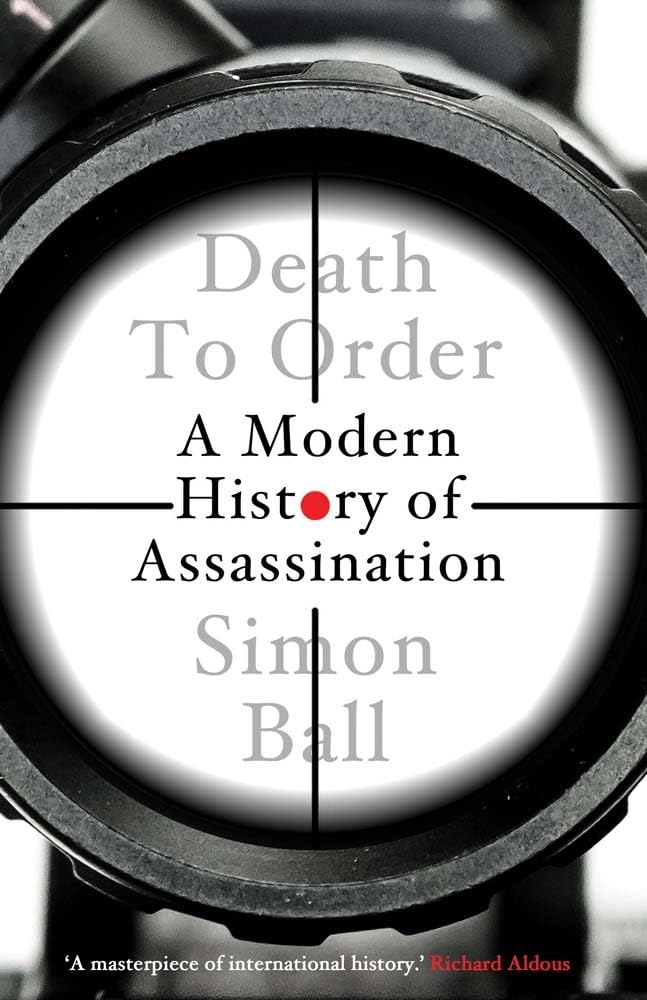Review: Assassins, like the poor, are always with us

An assassination is pre-eminently a political murder; a killing, in itself a crime, has been sanctioned by someone with an interest in the outcome and carried out on their behalf.
The traditional British political response to an assassination was to narrow the extent of an apparently preceding conspiracy, and emphasise the ‘crazed individual’ line.
Furthermore, the British after one assassination “feigned disgust and astonishment” that anyone could believe its representatives were capable of plotting to carry out such an action.
These stock reactions are no longer tenable or credible after considering the extensive historic evidence set out from the many sources.
These points show the two major themes in this work: first, the use of assassination as a policy instrument; and, secondly, the reaction of states to assassination. A first thought in reading this compelling review of centrally managed violence is that the definitions might have been drawn rather too vaguely. Reference is made by the professor to apparently separate concepts of “executive murders”; “mass casualty terrorism”; and “random sectarian murders”.
From our point of view, if the disaster that befell Lockerbie was not an assassination (a political instrument) then it may have been the prime example of mass casualty terrorism.
There is no mention of Lockerbie anywhere in this book so its place in the taxonomy is uncertain. Otherwise, much is made of the involvement of “Muammar Qaddafi [sic]”.
There is also discussion of the trouble that western governments had in defining the assassination conspiracies being launched against them at one point. A secondary thought is that the evidence in this book may support other discrete topics: e.g., the politics of assassination as distinct from its implementation, the management of assassinations, and so on.
Conceptual analysis apart, the book begins in 1976 with the assassination of a Chilean dissident, whose politics jarred with General Augusto Pinochet, President of Chile then. That assassination was in Washington DC and diligent investigators discerned four elements: the procurers of assassination, the assassins, the tools of trade, and the cover up. The description of “procurers” in place of conspirators suggests a degree of sophistication (particularly in distancing the decision-maker from the participants).
A “cover up” is a well-worn cliché and used so often as to be meaningless now. Some of the blatant assassinations described in the book did not involve anyone hiding their involvement.
There may be difficulty in categorising such disparate incidents, as a matter of taxonomy, because apparently unremarkable killings may have had precisely intended repercussions.
The murders of Giovanni Falcone and Paolo Borsellino, both in Sicily on different occasions in 1992 were not crimes in the traditional sense, as each was killed by a well-placed bomb.
These Italian Judges had been engaged in criminal trials concerning the Mafia which is why each was assassinated in political murders but neither is mentioned in this book.
Death to Order is a work of notable scholarship, and places many events in a context that explains the pattern and modes of action, and highlights the future with pilotless drones.
The description of the very many international incidents probably commends the book to those involved in close protection duties as an indication of the errors of the past.
Yet, in the masses of detail there is a sense from the divergent definitions and the many incidents covered that perhaps too much has been undertaken in a single study.
Death to Order: A Modern History of Assassination by Simon Ball. Published by Yale University Press, 408pp, £25.










